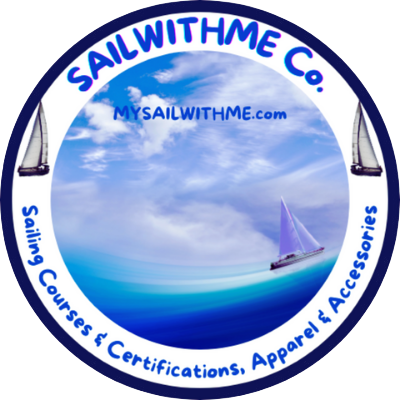
Are you eager to feel the wind in your sails, the salty spray on your face, and the thrill of steering your own course? Learning to sail is a journey filled with excitement, adventure, and inevitably, a fair share of mistakes. Reflecting on my own experiences, both the exhilarating and the humbling moments have taught me invaluable lessons. Here’s a personal account of common mistakes to avoid when learning to sail, illustrated with anecdotes from my own learning curve.
1. Ignoring Weather Forecasts
One of the classic jokes about Chicago weather goes like this: “Don’t like the weather? Just wait a minute.” Living in Chicago, I’ve seen how true that is. Here, a sudden downpour can stop just as quickly as it started, and a sweltering day can be transformed by a refreshing breeze out of nowhere. The unpredictability of our weather is part of what makes life in my city so uniquely exciting.
One sunny Saturday, early in my sailing journey, I decided to take my small dinghy out on the lake Michigan. The sky was clear, and a gentle breeze promised a perfect day on the water. Eager to sail, I skipped checking the weather forecast. As the morning progressed, the wind picked up alarmingly, transforming into gusts that I struggled to manage. By noon, dark clouds loomed, and within minutes, I was caught in a squall.
Lesson Learned: Always check the weather forecast before heading out. Conditions can change rapidly, and being caught unprepared can turn a pleasant day into a dangerous ordeal. Modern weather apps and marine forecasts provide detailed information about wind, tides, and potential storms, making it easier to plan your sail safely.
2. Underestimating the Importance of Safety Gear
In the excitement of one of my first solo sailing trips, I neglected to wear a life jacket. I thought I’d be fine; the water was calm, and I was confident in my swimming abilities. However, while adjusting the sails, I slipped and fell overboard. The initial shock of cold water of Michigan and the weight of my clothes made it difficult to stay afloat. Fortunately, I managed to grab the side of the boat and pull myself back on board, and it was enough to remind me of the importance of safety gear.
Lesson Learned: Always wear a life jacket, regardless of your swimming skills or the weather conditions, and make sure everyone else on board does too. Accidents can happen unexpectedly, and being prepared with the right safety gear can make a critical difference. Ensure your life jacket is properly fitted and approved for marine use.
3. Overlooking Basic Navigation Skills
On one of my early voyages (in Europe), I decided to explore a new bay. Enthusiastic and confident, I rented a boat and set sail without a clear understanding of navigation. Midway through the trip, I realized I had no idea how to find my way back. Landmarks I thought I’d remember looked different from the water, and I was quickly disoriented. After hours of sailing in circles, I finally spotted a familiar shoreline and made it back, exhausted and embarrassed.
Lesson Learned: Navigation skills are crucial for any sailor. Familiarize yourself with nautical charts, learn to use a compass, and practice plotting your course. Modern GPS devices are helpful, but understanding traditional navigation methods can save you if technology fails.
4. Improper Sail Trim
In my eagerness to speed up my learning, I often neglected proper sail trimming. During one trip, I tightened the sails too much, thinking it would make me go faster. Instead, I ended up fighting the boat’s helm, which made steering difficult and slowed me down. A fellow sailor pointed out that my sails were over-trimmed, and after adjusting them, I noticed an immediate improvement in the boat’s performance.
Lesson Learned: Proper sail trim is essential for boat control and speed. Learn how to adjust the sails based on wind direction and strength. Experiment with different settings to see how they affect the boat’s handling and speed. Keeping telltales (small ribbons or pieces of yarn attached to the sails) in mind can help gauge correct sail trim.
5. Failing to Understand Right of Way Rules
Early in my sailing experience, I had a near-collision with another boat because I didn’t understand the right-of-way rules. I assumed the larger vessel would maneuver around me, but I was wrong. We narrowly avoided a crash, and the skipper’s angry shouts left me both shaken and embarrassed.
Lesson Learned: Right-of-way rules are fundamental for safe sailing, especially in crowded waters. Learn and understand the basic rules: which boat has the right of way, how to pass other boats safely, and what to do in various crossing situations. This knowledge is crucial for preventing accidents and ensuring smooth sailing interactions. Read NauticEd Navigation Rules: Rules for Prevention of Collision at Sea by Capt. Grant R Headifen!!!
6. Overconfidence in Skills
After a few smooth sailing trips, I became a bit too confident in my skills. One day, feeling sure of myself, I decided to take my dinghy out into choppy waters, believing I could manage the rough seas without a hitch. The waves were higher than anticipated, and I struggled to control the boat. I could not handle the rough conditions and ended up capsizing, losing some gear, and needing a tow back to shore. This humbling experience reminded me that I still had much to learn.
Never underestimate the power of nature or overestimate your skills. Sail within your limits, and gradually challenge yourself as your experience grows. Overconfidence can lead to dangerous situations; always respect the sea and acknowledge your current capabilities.
7. Improper Docking Techniques
Docking used to be one of my biggest challenges in the beginning. I remember a particularly embarrassing incident where I misjudged the approach and came in too fast, scraping the side of the boat against the dock. The sound of fiberglass grinding against wood is something I won’t forget, and neither will the onlookers who witnessed my clumsy arrival.
Lesson Learned: Practice docking in various conditions. Approach the dock slowly and at a shallow angle and use fenders to protect the boat from scrapes. Have lines and crew ready to assist. Anticipate how wind and current will affect your docking maneuver and adjust accordingly. The best way to learn maneuver and dock sailboat is here: Maneuver and Dock Your Sailboat Under Power: High Winds, Current, Tight Marina, Backing In? No Problems! by Capt. Grant R Headifen
8. Not Securing Lines Properly
Always double-check your knots and mooring lines. Use reliable knots like the cleat hitch or bowline, and make sure they are secure. Regularly inspect lines for wear and tear and replace them as needed. Properly securing your boat prevents damage and ensures it stays safely in place.
Dock Line Chafe Guards are crucial for protecting your boat from the wear and tear that can occur where dock lines rub against surfaces such as cleats, pilings, or docks. Without these guards, the friction between the dock lines and the boat can cause significant damage to both the lines and the boat itself.
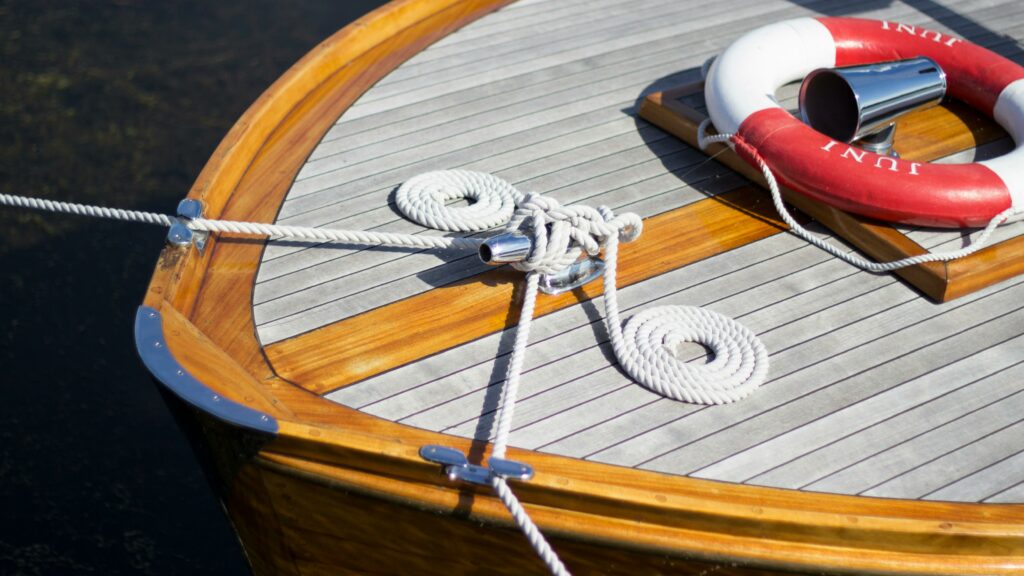
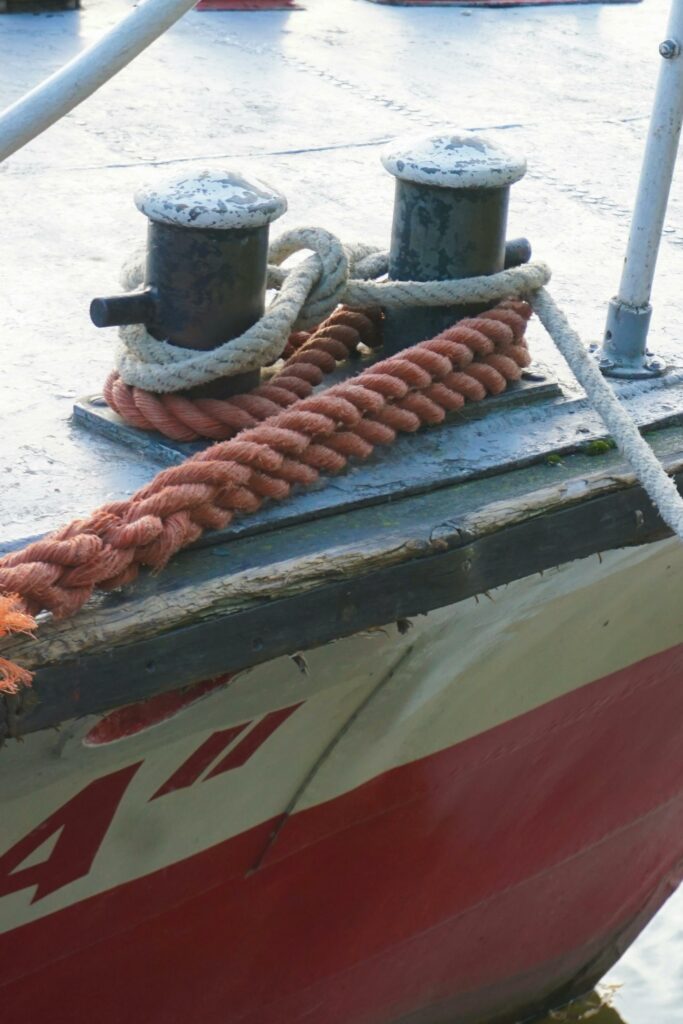
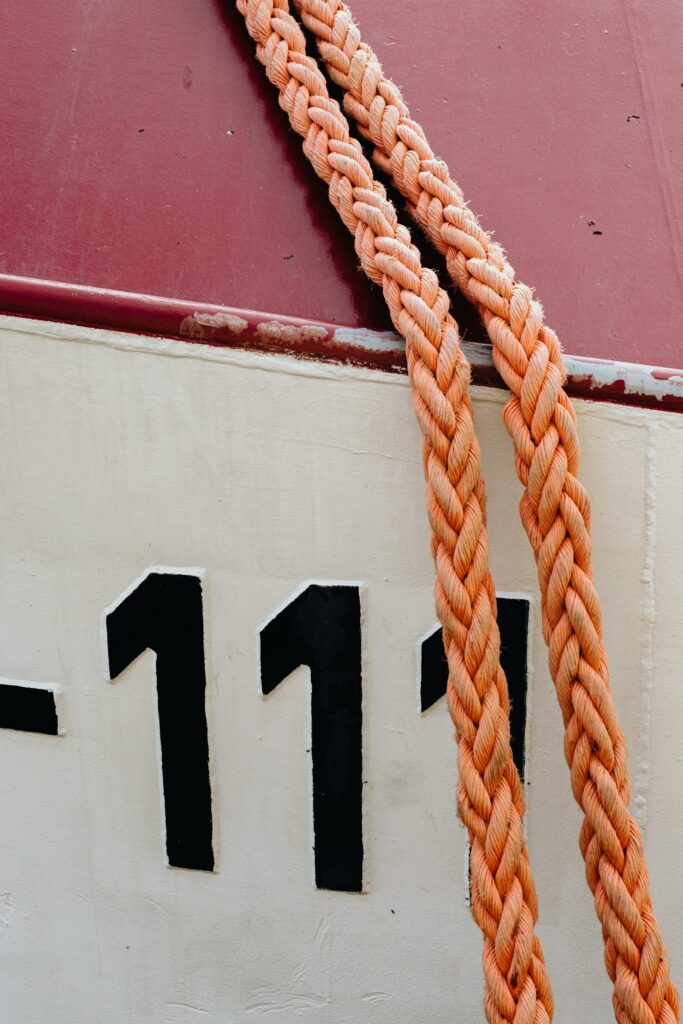
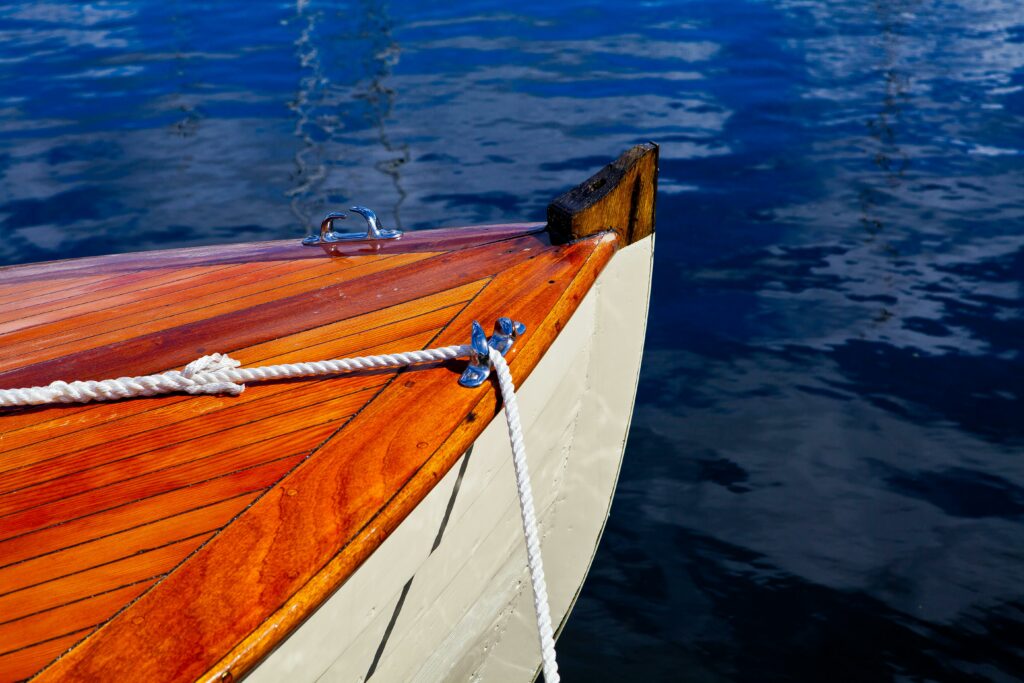
One of the most common problems with unprotected dock lines is that the friction weakens the integrity of the lines over time, leading to potential breaks. When your dock line wears out and snaps, your boat is left vulnerable to drifting, which can cause serious damage, especially in rough conditions. You may not realize how quickly chafing can happen, particularly if the boat is exposed to constant movement from waves or changing tides.
Aside from weakening the lines, the repeated friction can also harm your boat’s hardware and even the hull. The constant rubbing can scrape off paint, wear down metal fittings, and damage the gel coat of your boat, leading to expensive repairs.
The good news is that this type of damage is entirely preventable with Dock Line Chafe Guards. These protective sleeves are designed to absorb the friction, preventing your dock lines from wearing down and preserving the structural integrity of your boat. They’re made from durable materials that handle the constant motion of docking, ensuring that both your boat and dock lines stay in good condition.

For anyone serious about maintaining their boat and avoiding unnecessary repairs, Dock Line Chafe Guards are a must-have. To see the benefits for yourself, check out these highly rated Dock Line Chafe Guards on Amazon:
- NORTHGEAR Dock Line Chafe Guards 24” Length (2 Pack)
- THE CAPE MARINE Dock Line Chafe Guards 14″ Black (Pkg of 2)
With simple installation, these guards can extend the life of your dock lines and keep your boat safe.
9. Ignoring Maintenance Checks
Regular maintenance is crucial for the safety and performance of your boat. Before setting out, check essential items like the engine, fuel, rigging, and safety equipment. Regularly inspect sails for wear, and ensure all hardware is in good condition. A well-maintained boat is more reliable and less likely to encounter problems on the water.
10. Underestimating the Importance of Communication
Effective communication is vital, especially when sailing with others. Assign roles, discuss maneuvers before executing them, and ensure everyone understands their responsibilities. Use clear, concise language, and practice teamwork. Good communication enhances safety and efficiency, making the sailing experience more enjoyable for everyone.
11. Going Solo Too Soon: The Value of Mentorship and Crew Work
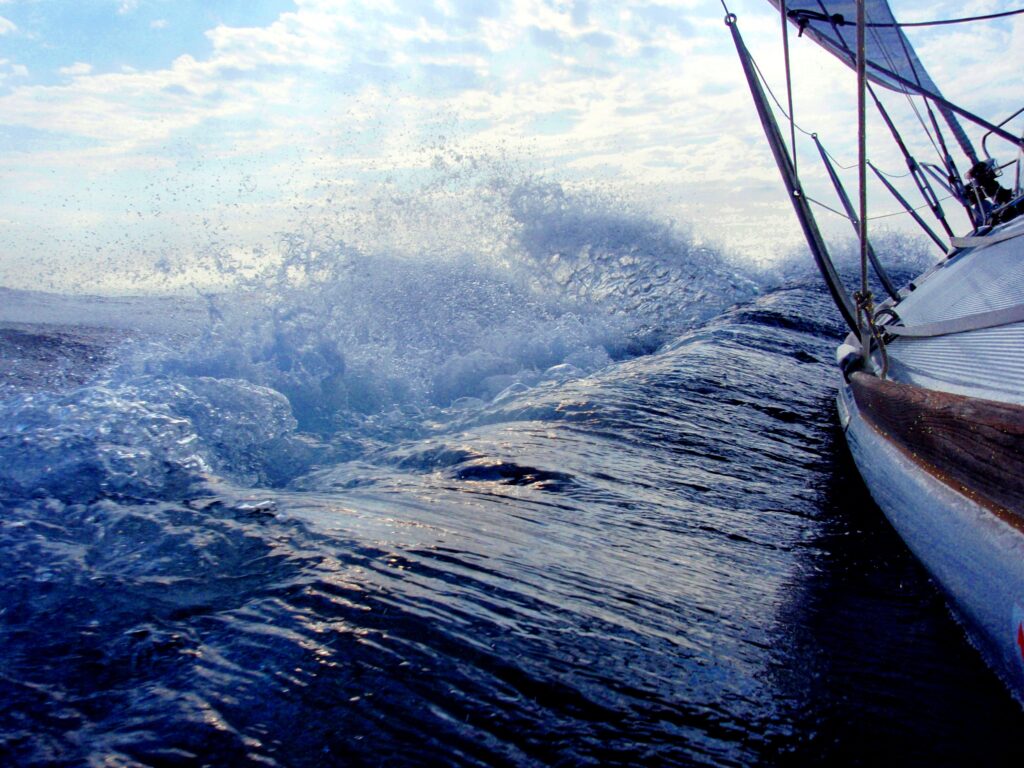
Now, if you’re itching to pilot a boat solo like I once was, slow down a tad. Sailing alone before you’re ready can be like trying to run a marathon before you’ve learned to jog—a recipe for exhaustion and mistakes. As my own mentor used to say, ‘There’s wisdom on deck you can’t find in books.’ That’s why embracing mentorship and the camaraderie of a seasoned crew can be a game changer.
The risks you face by going solo too soon aren’t just about safety—though that’s a huge part. I’m also talking about missed opportunities for growth. I learned more in one afternoon of sailing with a knowledgeable skipper than I did from hours of studying on my own. That’s not just me either. Many seasoned sailors will tell you their craft was honed on the waves alongside others.
Remember, getting hands-on experience and real-time feedback is priceless. There’s something about being on a boat, taking direct instruction, and seeing immediate results (or consequences!) that can really cement your skills.
So, build up your sea legs within a network of support. Seek out sailing clubs, find a mentor, and join a community. Don’t view it as a shortcut, but as an essential part of your sailing education. I promise, the confidence you’ll gain from collaborative sailing experiences will be worth its weight in gold—or, in sailing terms, worth its weight in fresh, salt-sprayed wind!
Understanding that you’re not always going to have perfect sailing conditions helps you prepare mentally and physically for the eventual challenges. And it’s those very challenges that make sailing the unique and rewarding experience it is. Knowing how to read a weather map, interpret the clouds, and recognize warning signs can save you a lot of trouble, making your sailing safer and more enjoyable.
This knowledge of weather and its effects on sailing is not something you can master overnight, nor is it something you should tackle alone. On that note, let’s talk about the importance of learning from others and the value of sailing with a more seasoned crew before setting off on your solo adventures.
Sailing is a blend of art, science, and skill, and learning it is a continuous process marked by both successes and setbacks. Each mistake I made taught me a valuable lesson that improved my sailing abilities. By sharing these experiences, I hope to help other aspiring sailors navigate the learning curve more smoothly and avoid some of the pitfalls I encountered.
Setting Sail with Confidence: Concluding Advice and Personal Reflections
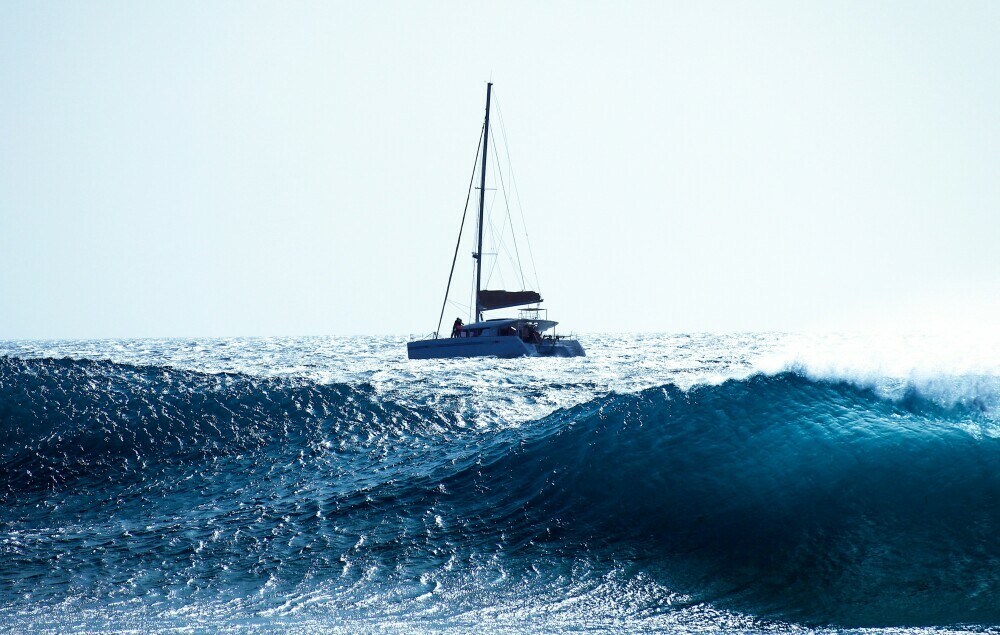
Now, it’s time to tie up all we’ve discussed and set your course towards confident sailing. You’ve learned what common mistakes to avoid and why each pitfall could set you back. Keeping these lessons in mind, you’re already on a more informed path.
Here’s the thing though, knowing what not to do is just half the battle. The real trick lies in putting that knowledge into action. I encourage you to take every opportunity to sail with experienced sailors, absorb their wisdom, and practice tirelessly. When I first began, it was the hours spent on the water—grappling with the ropes, adjusting sails to the shifting winds, and sometimes just sitting back to watch a mentor handle a tricky situation—that made all the difference.
You might feel overwhelmed at times, and that’s perfectly normal. Embrace those moments with resilience. I remember a particular sunset sail that turned bumpy. I could’ve let fear take over, but instead, I focused on the skills I’d been practicing. That day taught me that patience, and the ability to stay calm under pressure are as valuable as any sailing technique.
There’s a lot of joy to be found in the subtle art of sailing, and the more you sail, the more nuances you’ll discover. I really hope that the seas you sail are kind and the winds favorable, but I also hope you face enough challenges to become a competent, confident sailor. Remember that your first attempt doesn’t need to be your last. Adjust your sails as you go, and you’ll not just reach your destination, but also enjoy the voyage.
Thanks for coming along to this sailing discussion. Remember, the ocean is not just a challenge to be bested, but a teacher to learn from. I’d love to hear your feedback or stories about your own sailing ventures, so feel free to share them. Happy sailing!
